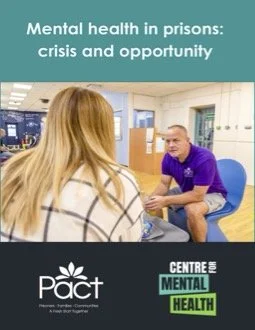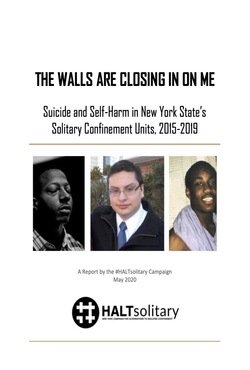By The Centre for Mental Health and the Prison Advice and Care Trust (Pact)
Summary Nine out of ten people in prison have at least one mental health, neurodevelopmental or substance use problem, and rates of severe mental illness are ten times those in the general population Rates of self-harm in prisons are high and rising, with the highest rates in women’s prisons. Prison mental health services currently support one person in seven in the prison population. They provide vital care and support but are often overstretched because of high levels of need and complexity. Involving family members in providing mental health support in prisons can be beneficial but is often limited. Transfers from prison to hospital for urgent treatment are still too often delayed, sometimes by weeks and months. Community sentences with mental health treatment can divert some people from custody. This reduces pressure on prisons and enhances their chances of successful rehabilitation. We urge the Government to invest in community-based options, in line with the Sentencing Review and the NHS 10-year plan for healthcare in England, as an alternative to prison expansion.
London: Centre for Mental Health, 2025. 14p.





